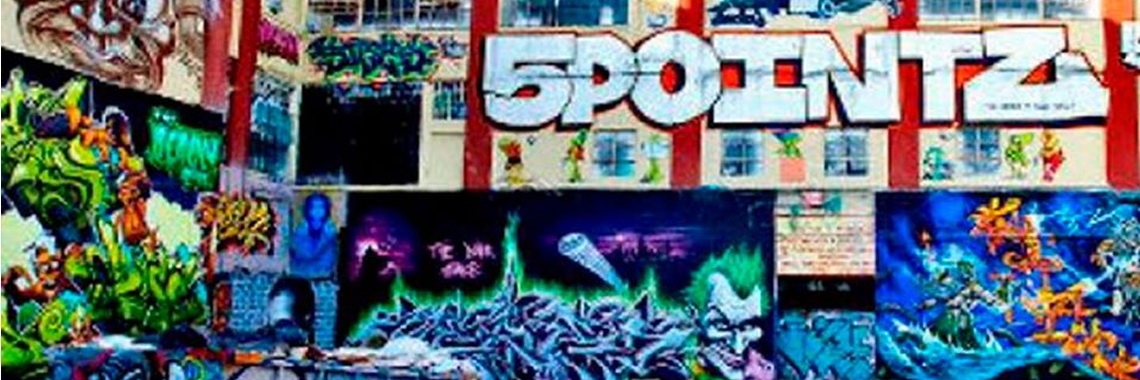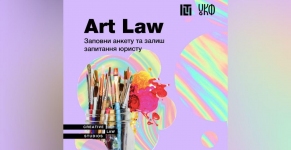
Last week, the story covered in our post http://surl.li/azsj was continued. A New York court rejected the appeal of an elite developer in the case of the destruction of 45 graffiti depicted in the 5Pointz art space. For each work destroyed, the artists were awarded $ 150,000, or $ 6.7 million.
___
It will be recalled that since 2002, the 5Pointz site has placed more than 10,000 graffiti, the authors of which are endowed with a personal moral right to prevent their destruction. Most of the graffiti there is temporary, ie intended for repainting with the permission of the artists. The court calls this feature of 5Pointz "creative destruction." Only some of the works of street art fight for "permanence".
___
The court emphasized that in destroying the graffiti, the owner of the building had to comply with the following conditions:
the artwork must be moved to another location undamaged;
the artist is informed in writing about the need for transfer, but within 90 days evades the answer;
the artwork cannot be moved undamaged, but a document is concluded between the artist and the owner, where the artist is warned about the possibility of negative consequences for the artwork.
___
In other cases, the destruction of the graffiti by the owner of the building may be considered illegal and may result in compensation to the artist. However, such measures are taken only if the work of street art has acquired a "recognized" status (recognized) by society - approx. to the author. Important for the decision in the case was that the US Visual Artists Rights Act (VARA) does not distinguish between "permanent" and "temporary" art works. In its decision, the court concluded that "Although the short duration of the work provides fewer opportunities for its review and evaluation, the temporality of art is not an obstacle to the status of a recognized work."
___
Recently, the United States is becoming a fashion legislator in the field of protection of intellectual property rights, then we can expect attempts to apply a similar approach in other parts of the world.
___
The Civil Code of Ukraine separates the right of intellectual property and the right of ownership of a thing, which do not depend on each other. In paragraph 2 of Art. 12 of the Law of Ukraine "On Copyright and Related Rights" states: "The owner of a material object, which embodies the original work of fine art or architecture, is not allowed to destroy this object without first offering it to the author of the work at a price not exceeding value materials spent on its creation. If it is not possible to preserve the object in which the original work is embodied, the owner of the material object in which the original work is expressed must allow the author to make a copy of the work in the appropriate form and, in the case of an architectural structure, photographs of the work.
___
Today in Ukrainian judicial practice there are no cases on the protection of street art.


